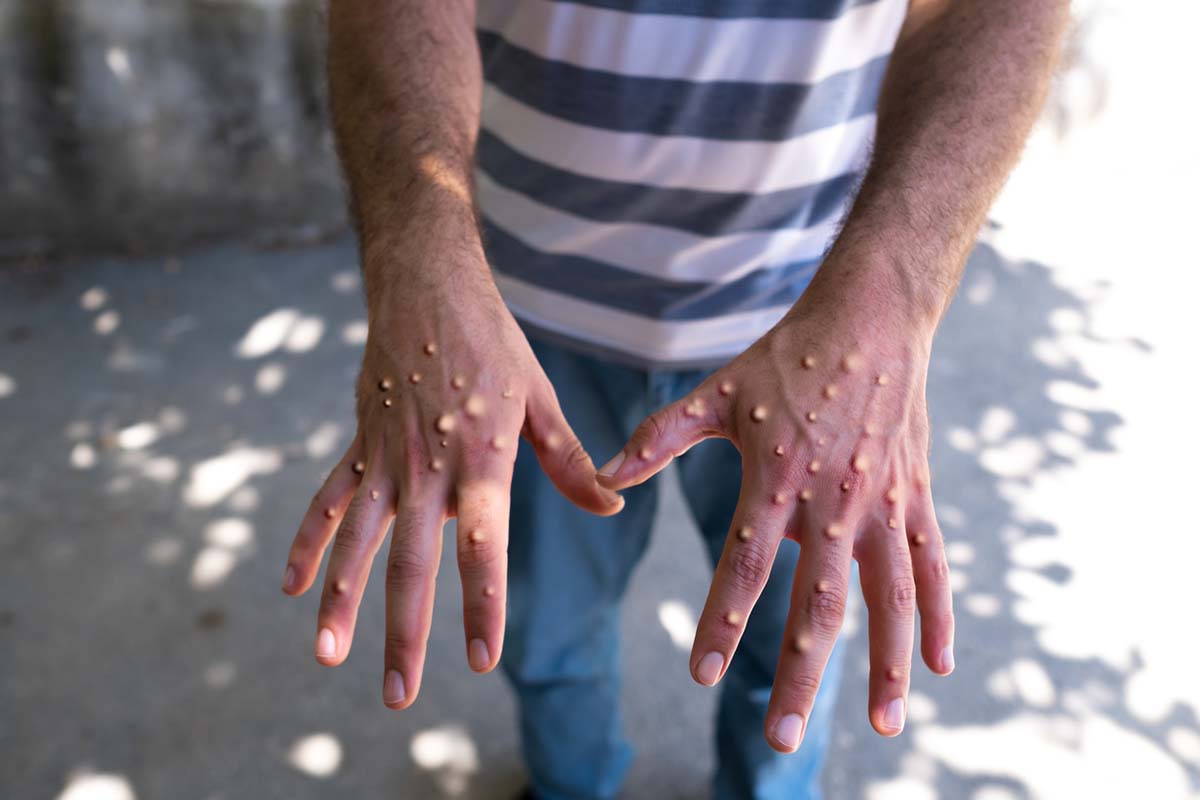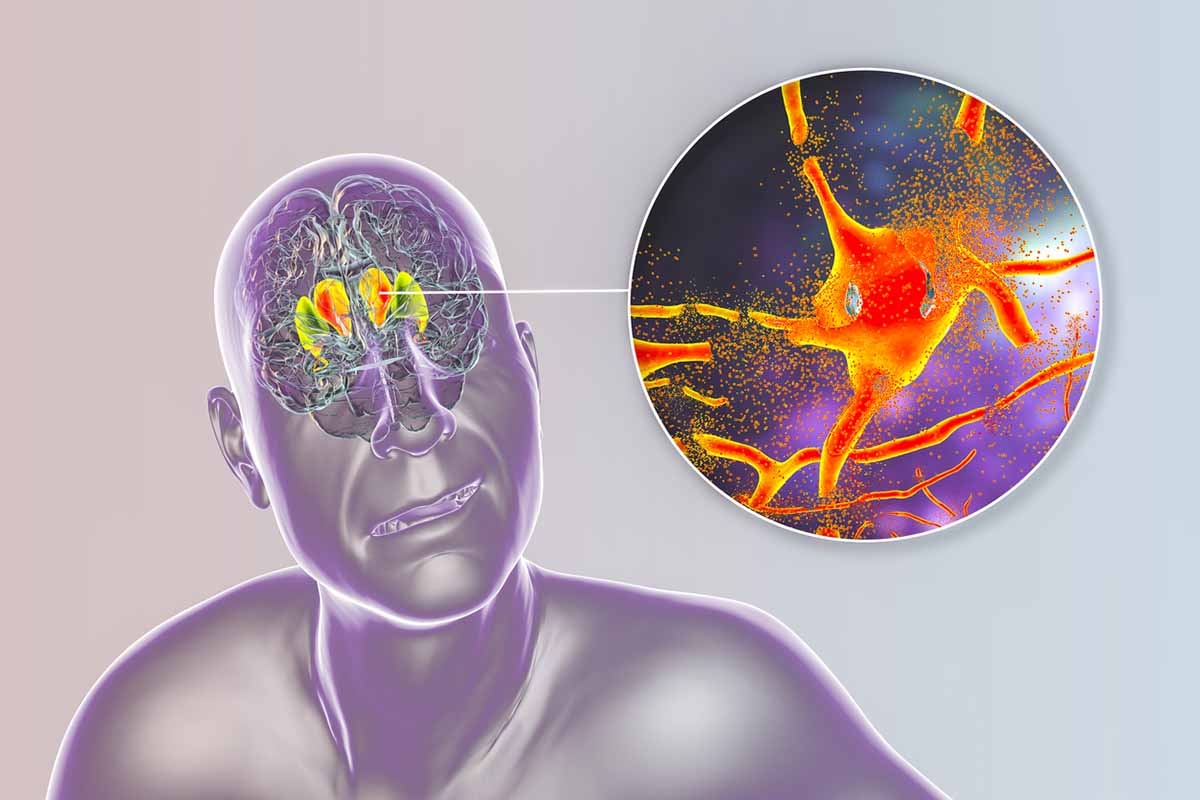J Clin Psychiatry 2021;82(3):20lr13818
To cite: Brooks JO III, Kruse JL. It is too early to put delirium prophylaxis to bed: stronger evidence is needed for suvorexant. J Clin Psychiatry. 2021;82(3):20lr13818.
To share: https://doi.org/10.4088/JCP.20lr13818
© Copyright 2021 Physicians Postgraduate Press, Inc.
aDepartment of Psychiatry and Biobehavioral Sciences, University of California, Los Angeles, California
*Corresponding author: John O. Brooks III, PhD, MD ([email protected]).
See reply by Izuhara et al and article by Izuhara et al
To the Editor: At the intersection of psychiatric and medical disorders, few conditions are as frustrating to prevent or treat as delirium. Aside from addressing underlying causes of delirium, adequate symptomatic treatments do not exist. Previous treatment mainstays, such as antipsychotics, are not uniformly effective in either the short- or longer-term.1 We enthusiastically support the search for potential interventions for delirium, yet interventions require rigorous support even when there is a paucity of alternatives. Thus, we provide a comment on 2 recent articles published in JCP regarding the use of suvorexant as an effective prophylaxis of delirium.
Suvorexant, which is an orexin receptor antagonist, has been suggested as a potential agent to treat or prevent delirium, guided by the logic that lessening sleep disruptions may reduce delirium symptoms. Meta-analytic findings2 have not provided a firm basis for clinical use because of their reliance on studies with sample selection issues and small effect sizes. Two recent studies have suggested that suvorexant is effective in preventing and treating delirium: a prospective case-control study by Hatta et al3 examined a ramelteon/suvorexant combination for delirium prophylaxis, and a retrospective cohort study by Izuhara et al4 explored suvorexant as a treatment for delirium. While both studies enhance our knowledge of the potential role for suvorexant in treating delirium, we caution that neither study provides sufficient evidence for clinical application.
Both reports employed naturalistic approaches, which is laudable, but unfortunately introduced confounds that restricted the attributions of causality made by the authors. Retrospective cohort studies, as reported by Izuhara et al,4 are informative but cannot establish causal relations because of non-random group assignment and lack of placebo controls. In Izuhara and colleagues’ study, suvorexant was initiated at clinical discretion, which can induce systematic group differences that cannot be corrected by the inclusion of covariates in analyses. Similarly, Hatta et al3 left the decision to receive ramelteon/suvorexant to the discretion of the clinician and/or patient. The resulting medication selection bias in both studies, which may reflect real-world practice, precluded non-random assignment to treatment group and thus prevents the conclusion that suvorexant, as opposed to other unmeasured factors, resulted in group differences.
Differences between the suvorexant and non-suvorexant treatment groups in both studies (which were noted by the authors) create challenges when interpreting the studies’ results. For example, in Izuhara and colleagues’ study, patients in the suvorexant group were 1.2–3.5 times more likely to have received dexmedetomidine, haloperidol, risperidone, trazodone, and/or ramelteon prior to the onset of delirium. These medications are used, with varying degrees of success, to prevent1,5 and/or to treat delirium,6 which suggests that patients in the suvorexant group may have been treated either preventatively or preemptively for early or prodromal symptoms of delirium prior to receiving suvorexant. Treatment prior to study entry also suggests that early and/or subtle symptoms may have spurred clinical decisions to prescribe suvorexant. Similarly, treatment and non-treatment groups in the study by Hatta et al differed with respect to benzodiazepine and steroid use and whether the hospitalization had been emergent. These and other unknown factors in non-randomized studies can affect the likelihood of delirium through complex interactions and are not readily addressed by their inclusion as simple covariates in a regression.
Collectively, the non-randomized assignment of patients to treatment in both studies does not allow for the definitive conclusion that suvorexant or the combination of ramelteon/suvorexant lessens the symptoms of delirium. That is, patients were provided with the option of taking suvorexant if ramelteon was not sufficiently hypnotic. Although naturalistic studies are helpful in determining the efficacy of suvorexant in delirium prophylaxis, a matched cohort sample may have provided a more readily interpretable relation. Unfortunately, the issue of self-selection or clinician selection of subjects does not provide a sufficient basis for treatment recommendation.
Several aspects of the subject selection process in Hatta and coworkers’ ramelteon/suvorexant prophylaxis study further limit the generalizability of the results. For example, although the authors divided subjects into groups with and without delirium, it would appear that all patients were in fact delirious at study entry as they exhibited hyperactive delirium, or at the very least sleep/wake cycle dysregulation, prior to study entry. Subjects classified as without delirium may have been in a waning phase. Consequently, this issue presents challenges in considering suvorexant as a “preventative” agent.
Hatta et al suggested that ramelteon/suvorexant improved the sleep-wake cycle compared with patients who did not receive the did not receive the medications. In their study, suvorexant was administered as second-line treatment (at clinician and patient discretion) following ramelteon, which is a melatonin receptor type 1 agonist. At baseline, however, patients who took suvorexant/ramelteon had greater sleep-wake cycle disturbance than those patients who did not. This inequality creates a statistical paradox known as “regression toward the mean,” in which the patients with more extreme scores are more likely to improve on a subsequent measure than those with less extreme scores. Thus, the improvement in sleep-wake cycle attributed to suvorexant/ramelteon may in part reflect statistical artifact.
Caution should be exercised in several areas when interpreting the results of the Cox regression analysis that Izuhara et al provided, as 84 patients received suvorexant and 615 did not. The stability of the regression model, when incorporating the covariates, unfortunately deteriorates rapidly at 5 days (n = 26/n = 148; suvorexant/nonsuvorexant) and even further by 10 days (n = 8/n = 42) and 30 days (n = 1/n = 3). Thus, the data are sufficient to support an association between suvorexant and decreased rates of delirium during the first 5 days, but not through 30 days.
While there is limited evidence that second-generation antipsychotics are associated with reduced delirium in certain patient profiles,7 in general prophylactic efforts to subvert delirium are debated.1 Thus, novel means of delirium prophylaxis are highly important and deserve further study. We suggest that while the data of both Izuhara et al and Hatta et al provide additional evidence of the potential for suvorexant to alter delirium or its course, more definitive data are necessary to establish the use of suvorexant in clinical care.
Published online: April 27, 2021.
Potential conflicts of interest: Dr Brooks has served on speakers bureaus for Sunovion and Janssen and has received research support from Allergan. Dr Kruse has no potential conflicts of interest to report.
Funding/support: Dr Kruse was supported in part by National Institute of Mental Health grant K23-MH116127.
References (7)

- Oh ES, Needham DM, Nikooie R, et al. Antipsychotics for preventing delirium in hospitalized adults: a systematic review. Ann Intern Med. 2019;171(7):474–484. PubMed CrossRef
- Xu S, Cui Y, Shen J, et al. Suvorexant for the prevention of delirium: a meta-analysis. Medicine (Baltimore). 2020;99(30):e21043. PubMed CrossRef
- Hatta K, Kishi Y, Wada K, et al. Real-world effectiveness of ramelteon and suvorexant for delirium prevention in 948 patients with delirium risk factors. J Clin Psychiatry. 2019;81(1):19m12865. PubMed
- Izuhara M, Izuhara HK, Tsuchie K, et al. Real-world preventive effects of suvorexant in intensive care delirium: a retrospective cohort study. J Clin Psychiatry. 2020;81(6):20m13362. PubMed CrossRef
- Liu Y, Li XJ, Liang Y, et al. Pharmacological prevention of postoperative delirium: a systematic review and meta-analysis of randomized controlled trials. Evid Based Complement Alternat Med. 2019;2019:9607129. PubMed
- Burry L, Hutton B, Williamson DR, et al. Pharmacological interventions for the treatment of delirium in critically ill adults. Cochrane Database Syst Rev. 2019;9:CD011749. PubMed
- Jain FA, Brooks JO 3rd, Larsen KA, et al. Individual risk profiles for postoperative delirium after joint replacement surgery. Psychosomatics. 2011;52(5):410–416. PubMed CrossRef
This PDF is free for all visitors!




